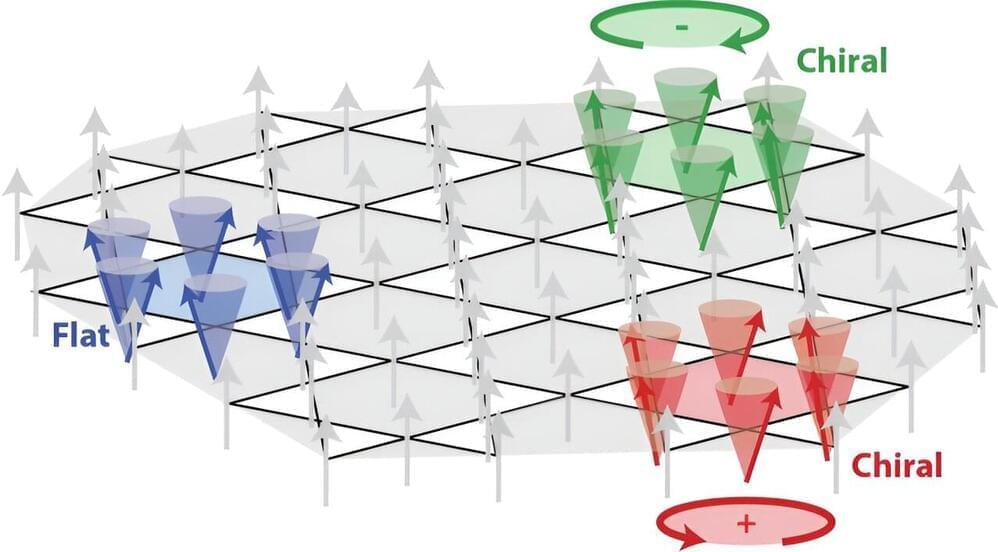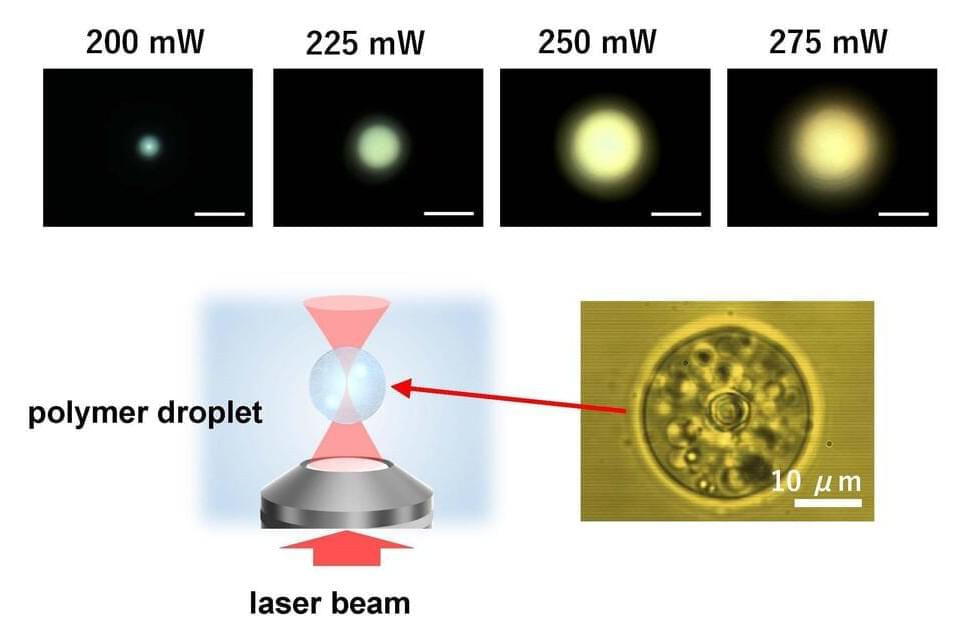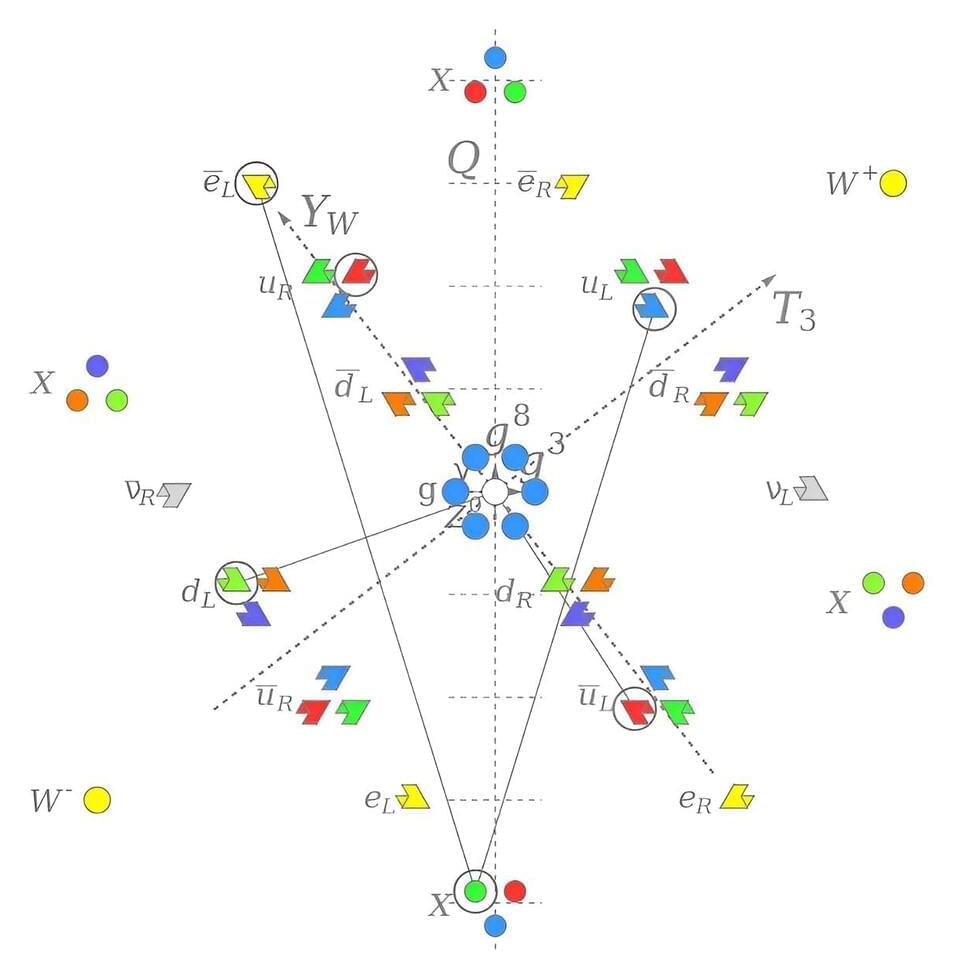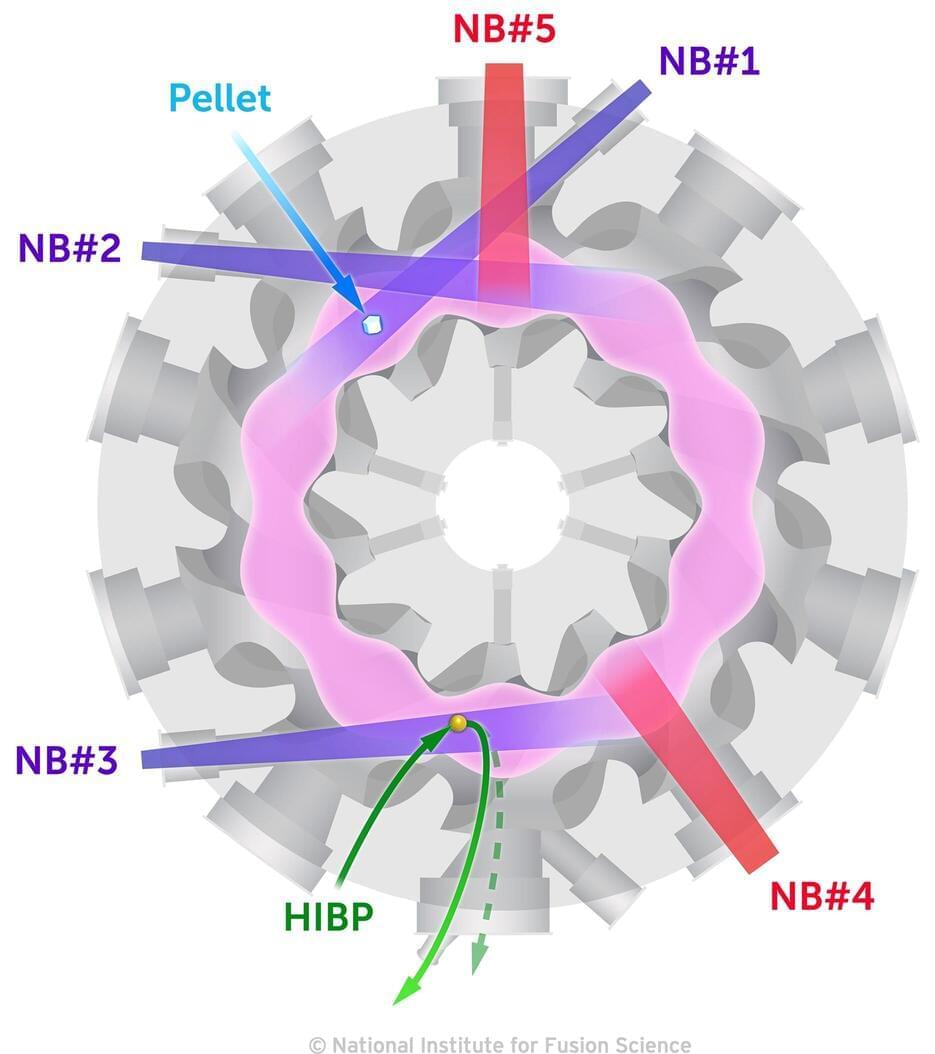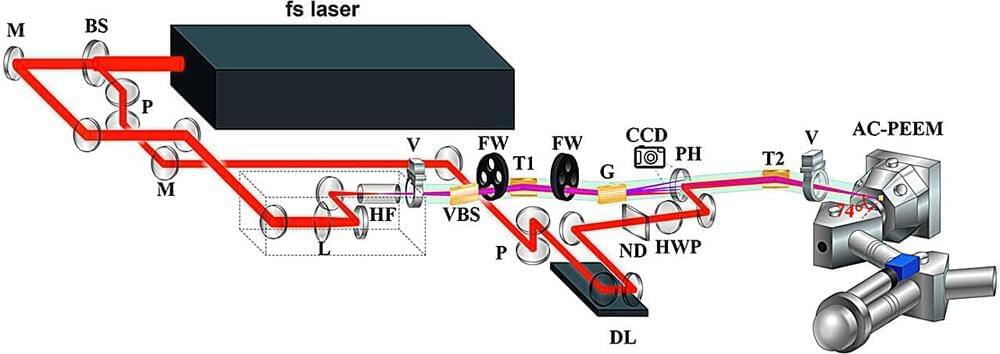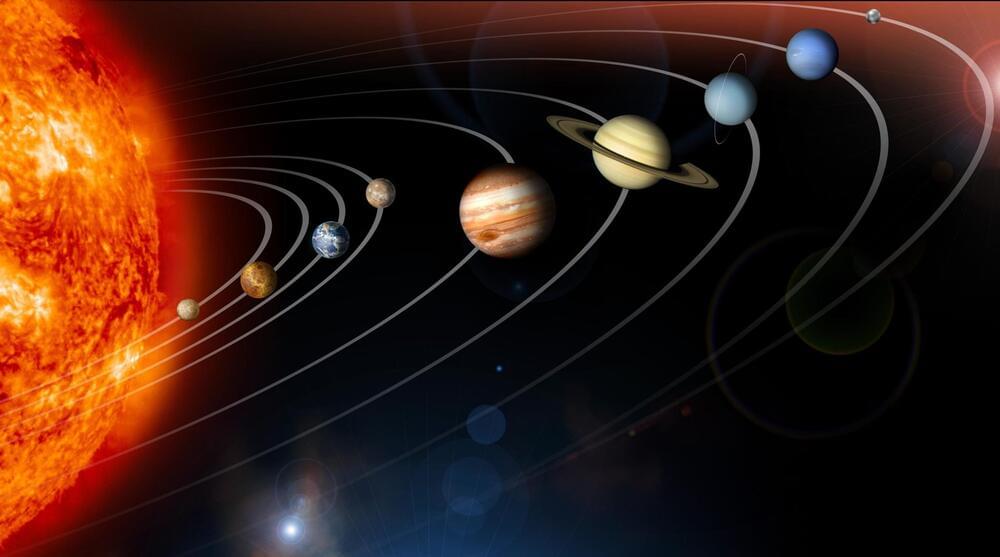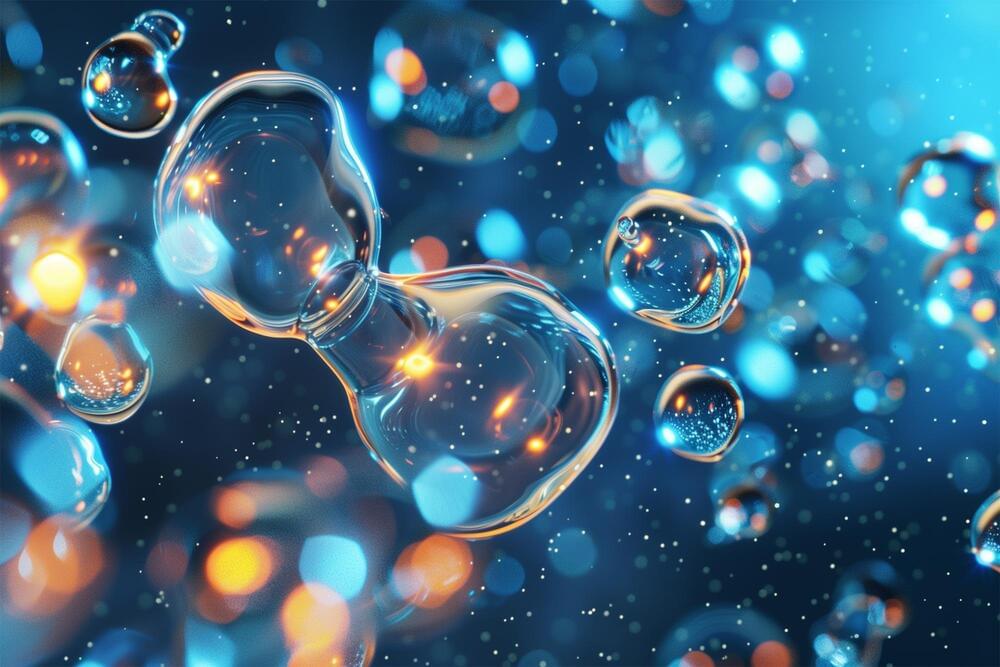Jun 24, 2024
Researchers find unexpected excitations in a kagome layered material
Posted by Saúl Morales Rodriguéz in categories: energy, materials
“People are always searching for chiral ground states,” McQueeney said. “The reason we use the concept of quasiparticle here is because it is a way of transmitting energy or information, like an electron is a quasiparticle, and we can send it from point A to point B, carrying some information.
A chiral quasiparticle would have other attributes to it. It would have a handedness, for example, and so you could think about novel ways to, say, transmit information from point A to point B, which didn’t involve moving a charge, but moving some chiral signal.
Discovering this new chiral excitation was especially exciting for McQueeney, You don’t expect it to be there, he said. And we still don’t understand why it’s there. As a matter of fact, we’re setting up other experiments to look for it in other materials.
